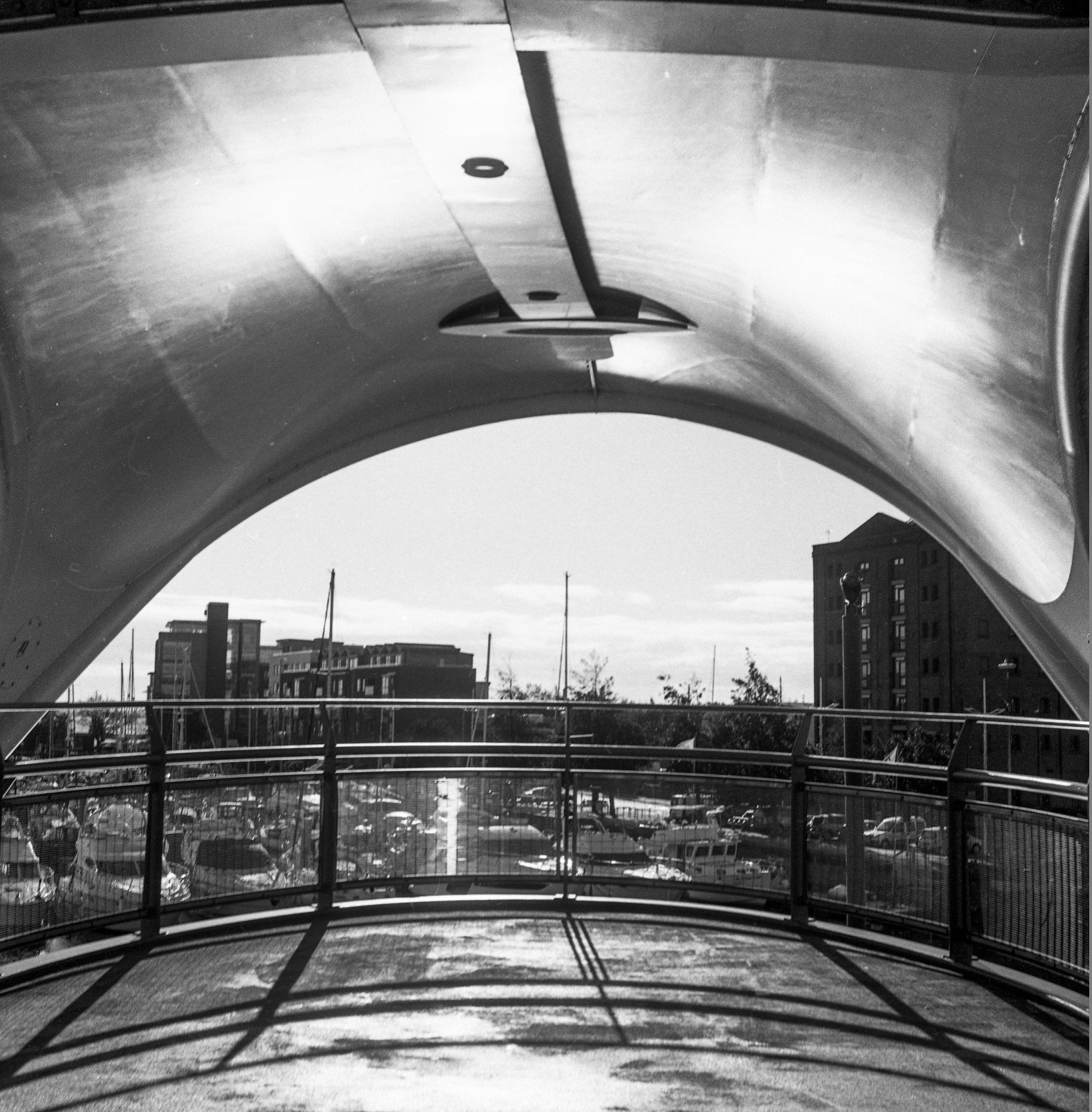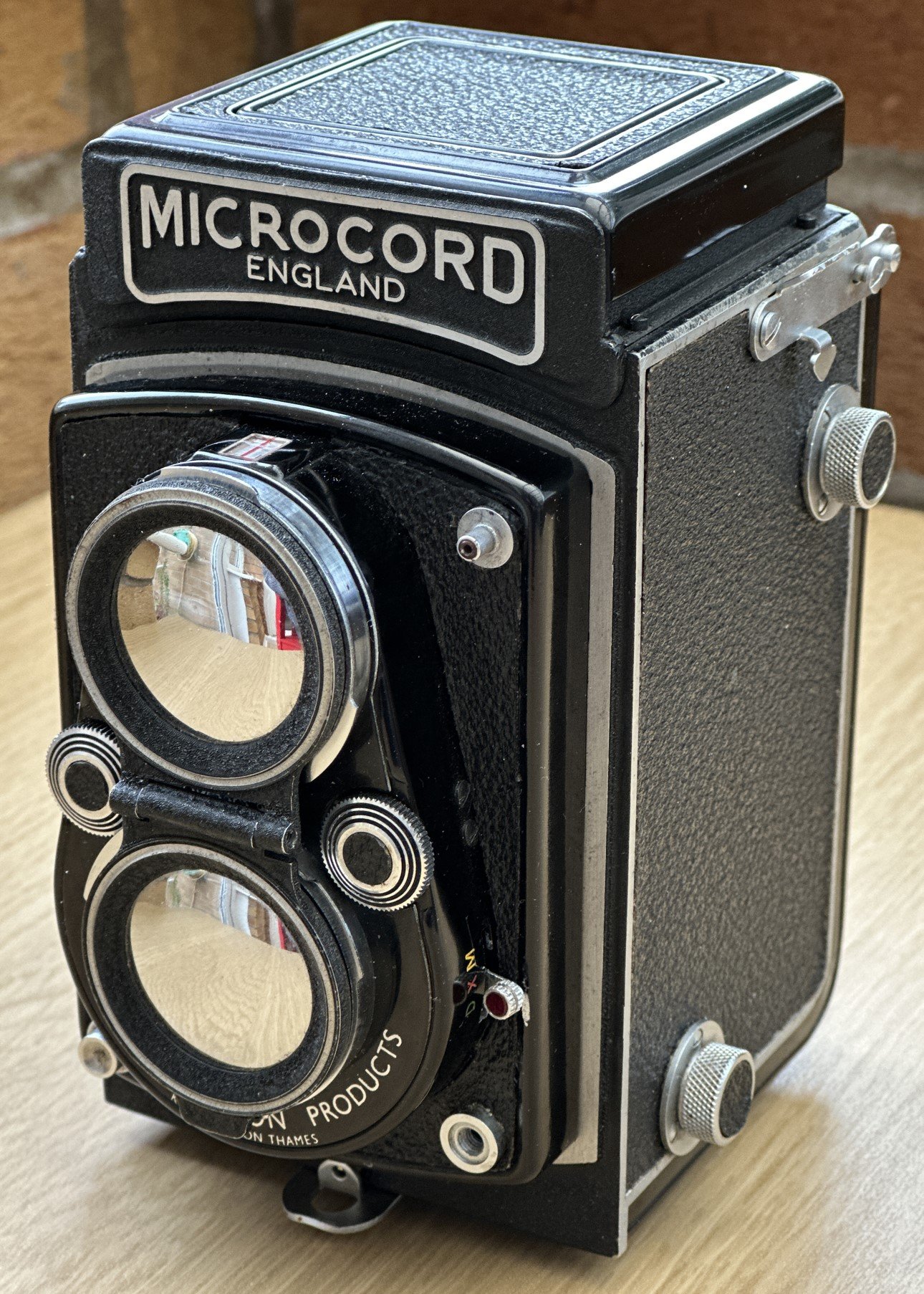I now see myself as a proper camera collector. Why have one camera that will do what you want when you can have lots of them, each of which does something different? Most of my camera buying action takes place on eBay, but today I had a taste of real life auctioning courtesy of Flints who run online auctions every now and then. I’ve been in the market for a large press camera that takes 4x5 negatives and they had one for sale that appeared only slightly broken. So I fired up the browser, logged into the site and hovered the cursor over the “Bid now” button.
It was great fun to watch. The auctioneer did a splendid job of keeping the whole thing moving along at a good pace, which was kind of important as there were around 500 lots to sell. After a couple of speculative bids on things that I wasn’t that bothered about “my” camera came up in lot 117. I was holding myself to all kinds of promises about not getting carried away and set a rigorous upper price limit. However, it was all a bit of an anti-climax. Nobody else seemed that bothered about the camera and so I got it for a smidge under the suggested lowest price. And that was that.
I watched the auction for a bit longer, but I was very good and didn’t buy anything else. The prices of items did seem impressive, but you had to remember that each item attracts a 30% premium that you had to pay on the sale price, plus VAT and carriage. My camera ended up costing me quite a bit more than the price I bid, but I reckon it is still a bit of a bargain. I’m rather looking forward to it arriving.




























